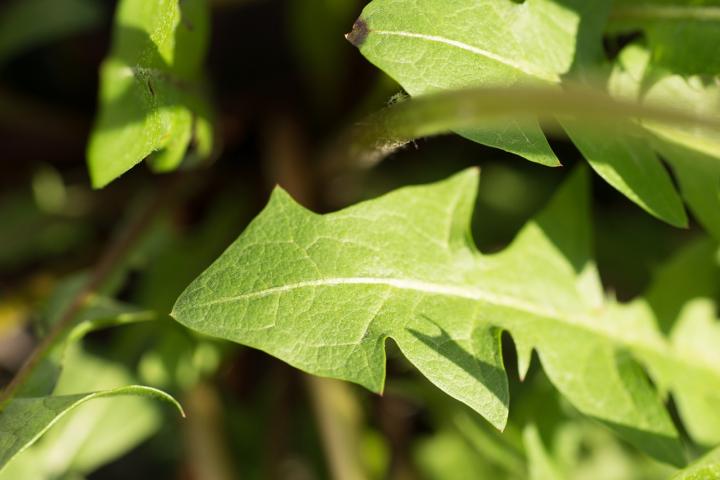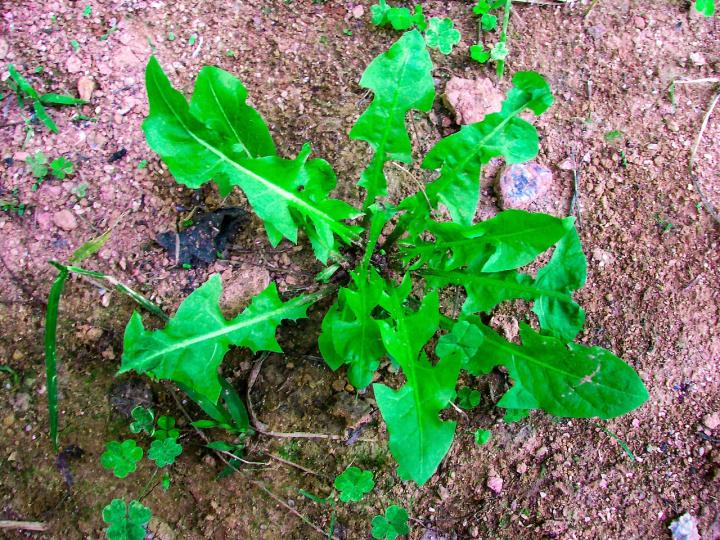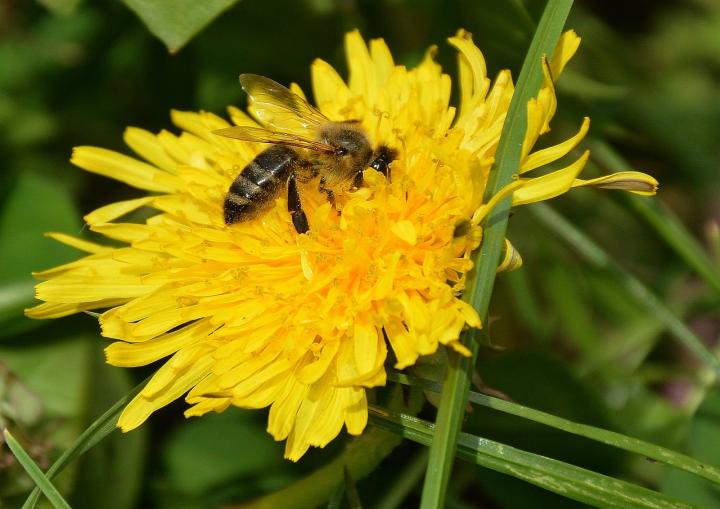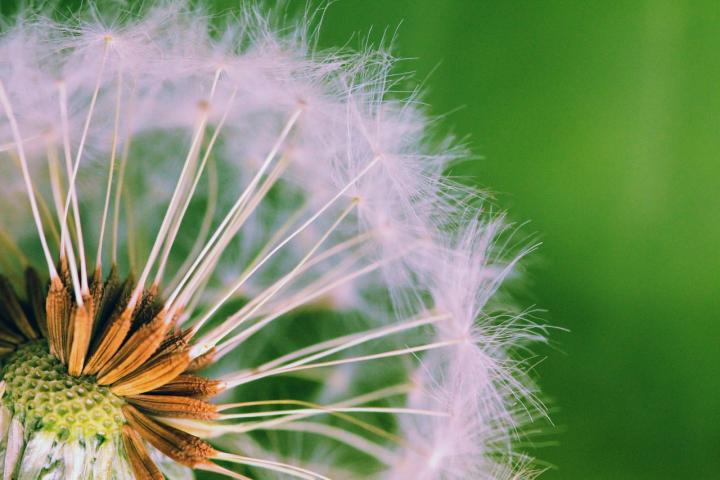
Are Dandelions Healthy to Eat?
ADVERTISEMENT
Regarding dandelions
Your article was incomplete: you need to thoroughly research their soil improving benefits and their part in assisting healthy soil improving creatures restore sterile dirt to healthy soil
So, I recently read an article which states the yard dandelions are different than culinary dandelions and can be poisonous. I don't know the author of the article and can't remember where I read it, but I consider the Farmer's Almanac to be a top notch resource. My question though is if there is perhaps another plant that resembles it but is bad to eat? I want to make sure I'm clear on this.
Many thanks! I can't wait to try your dandelion recipes. What about a tea?
The Dandelion plant which grows in your yard is different than the one which is grown commercially for the leafy dandelion greens you can purchase in a grocery store. Dandelion has been cultivated over time to produce plants that put more energy into leaf growth and that have tastier, less bitter leaves. However, the plants growing in your yard are still edible and will provide you with more root growth and better flower production so you can fully utilize all parts of the plant. If using plants already growing in your yard, you can remove the flowers throughout the growing season. This will encourage the plant to continue to put energy into root and leaf growth(copy)~
How do we just use the yellow part of the flower for benefit of helping the lungs. TIA
I've picked dandelions out of my yard and ate them. I've also eaten my violet flowers and leaves. Again, as long as your yard hasn't been treated with chemicals, you're good to go.
I can't think of another weed that resembles dandelions.
What they are calling “culinary dandelions” are probably chicory. Similar look and slightly bitter flavor but why go to the bother of cultivating something that grows wild in your yard? The wild dandelions growing in your yard are perfectly fine to eat unless they have been contaminated in some way by fertilizers, pesticides, herbicides, heavy metals, or other chemicals. I can’t think of any poisonous green that looks like a dandelion but you should always be careful when harvesting any plants from the wild to make sure you are correctly identifying them before eating them. As for dandelion tea, it can be made from the roots, stems, and flowers and is supposed to have many health benefits. Or chop and roast the roots to make a coffee substitute.
PLEASE verify spelling of plant parts: "bracts" and "achenes"; also, the "five fused petals" mentioned are only visible as tiny teeth, evolutionary evidence of this fusion.
Bracts and achenes are correctly spelled. The 5 fused petals are a feature of the flower often overlooked since they require close examination, with the help of a magnifying glass as stated, to see them.
PLEASE!!!!! Check with your doctor before chowing down on a bowl of dandelion if you have certain medical conditions like diabetes or are taking certain medications.
Do you have a book that tells all about the herbs and the vitamins and the ones that you can eat and walk through good for either love to have a book like that if you know anything please let me know thank you












